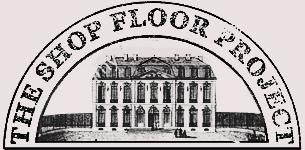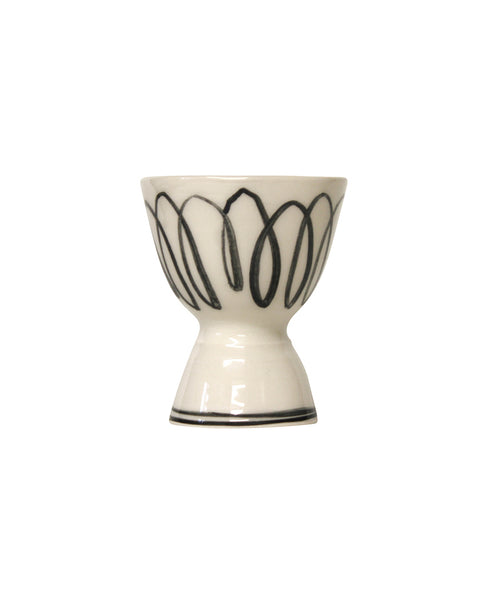Your cart is currently empty!
-
SHOP COLLECTIONS
- CHRISTMAS COLLECTIONS
- CHRISTMAS | ARTIST-MADE GIFT GUIDE
- NEW | BIRD TRAYS BY DENISE ALLAN
- NEW | BEASTS BY KAREN THOMPSON
- NEW | HARVEST BOWLS & JUGS
- NEW | WINTER WHITE & POTTER'S HONEY
- NEW | TEA CADDIES BY TRACEY JOHNSTON
- NEW | PAPER CUT COLLAGES BY MARION ELLIOT
- ARTISTS PRINTS
- CERAMICS
- PAINTINGS & ORIGINALS
- ARTISTS' CUSHIONS
- CRAFT KITS
-
SHOP BY MAKER
-
SHOP COLLECTIONS / ARTISTS' PRINTS
- All Prints
- Vernacular Crafts & Shops by Marion Elliot
- The Night Forest by Denise Allan
- Gods, Dreams & Fairy Tales by Kosuke Ajiro
- Papercut Quilts by Sarah Battle
- An Artist's Garden by Georgie Richardson
- Painted Portraits by Michaela Gall
- The Gardeners by Miku Tsuchiya
- The Plant Hunter by Denise Allan
- A Golden Age by Raphael Balme
- Paper Parables by Lisa Sandner
- In the Garden by Raphael Balme
- Blue Works by mirocomachiko
- Assimilation by Dillon Marsh
- Birds of a Feather by Denise Allan
- Feast of Auricula by Denise Allan
- 17th Century Paintbox
- Folk Art Fish
- The Botanist by Moira Frith
- Hot House Plants by Samantha Allan
- Wall Flora Studies by Denise Allan
- Bird Studies by Denise Allan
- Exotic Pets by Raphael Balme
- Estuary Structures by Denise Allan
-
SHOP COLLECTIONS / CERAMICS
-
SHOP COLLECTIONS / Paintings & Originals





















